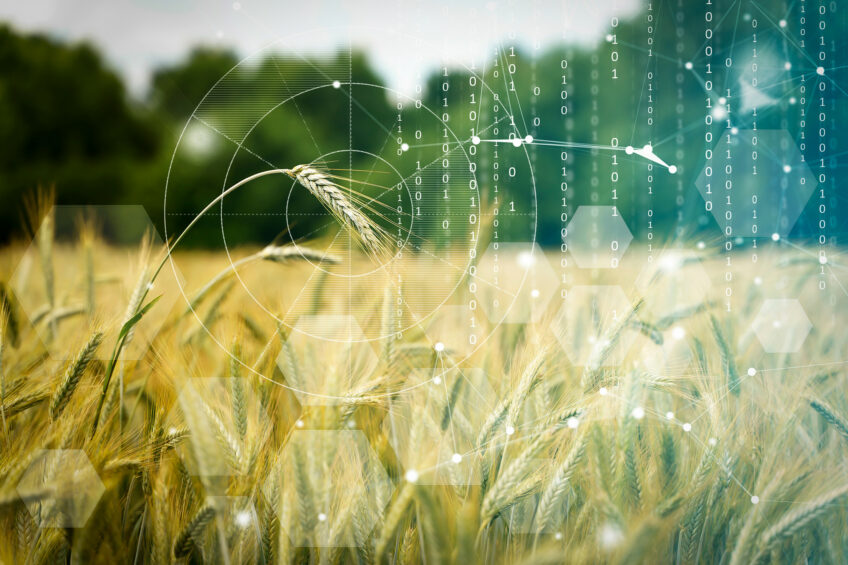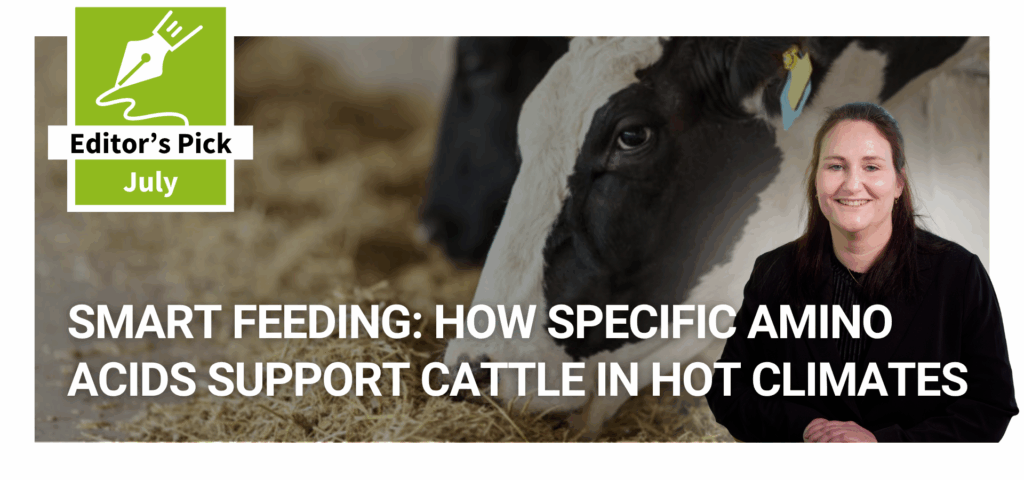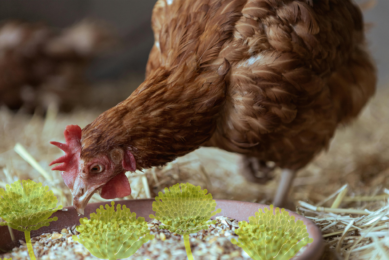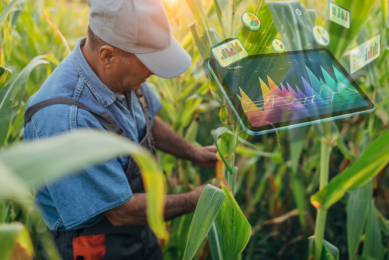Rise in mycotoxin levels

Although many factors influence the quality of raw materials, one stands out when it comes to mycotoxin prevalence: weather. While storage and transportation certainly play a role, weather is the primary culprit.
MYCOTOXINS 2025: Utilising technology to detect & mitigate – read all articles
Looking back at the 2024 harvests, the situation appears grim. Last year was historic, as the global average temperature, for the first time ever, exceeded the 1.5°C threshold compared to pre-industrial levels. Heat and evaporation triggered numerous extreme weather events, including prolonged periods of rain and drought.
Worrying rise in mycotoxin levels
Pre- and post-harvest samples, tested by renowned companies specialising in mycotoxin expertise, indicate a worrying rise in mycotoxin levels. Higher prevalence, increased levels, and contamination with multiple mycotoxins have all been detected. This combination is particularly concerning. Even when individual mycotoxin levels are within acceptable thresholds, the presence of multiple mycotoxins together can have a detrimental effect on animal production.
‘Canary in the coal mine’ approach is unacceptable
Understanding which raw materials, with which levels of mycotoxin contamination, are combined in finished feed is essential. Testing plays a critical role here, as relying on production animals as the ‘canary in the coal mine’ is unacceptable. We know that the persistent presence of mycotoxins continues to threaten animal welfare, productivity, and sustainability in agriculture. However, with awareness and effective mitigation strategies, this threat can be managed.







